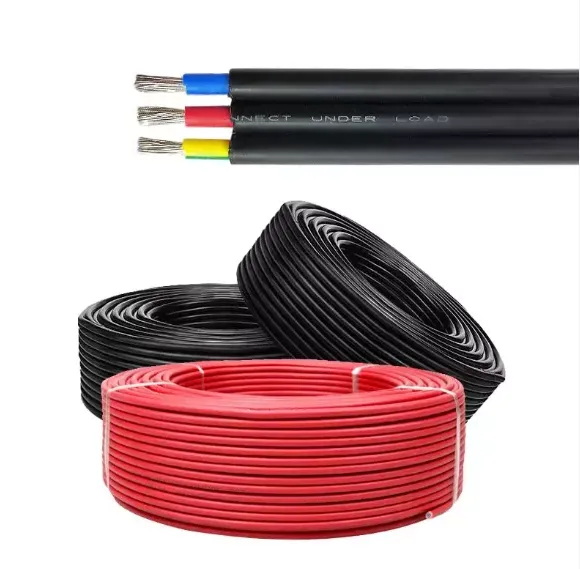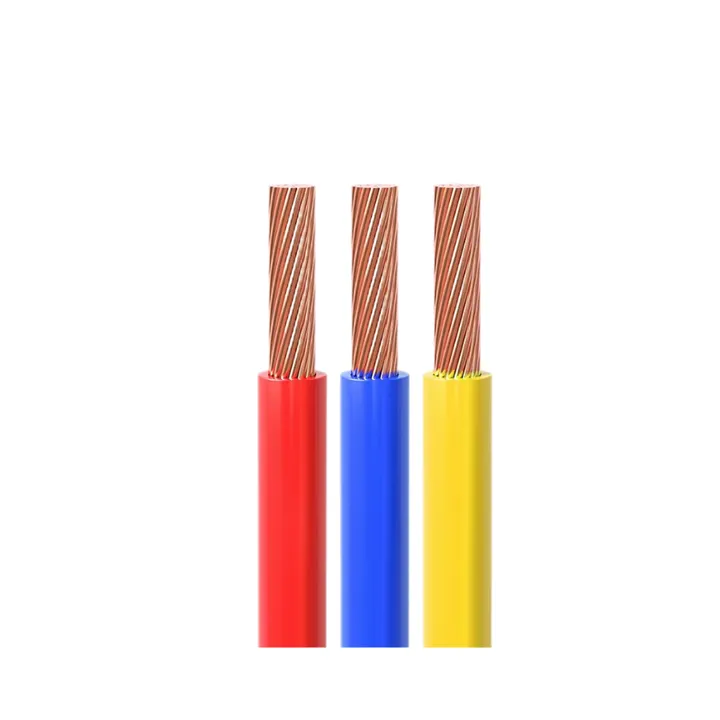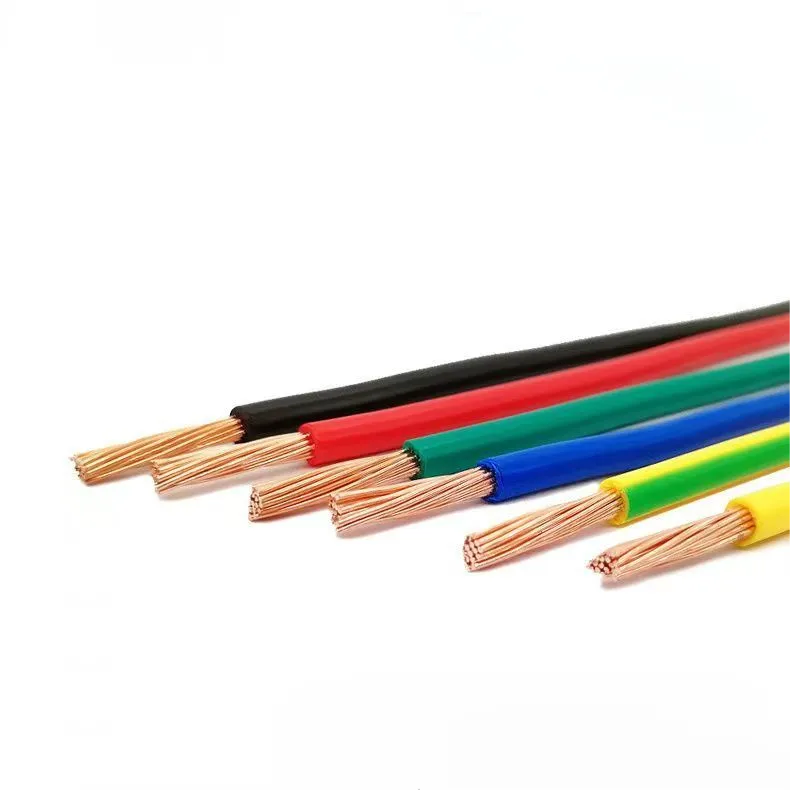Time: 2025-06-11 15:11:12 Source: Henan Province Jianyun Cable Co., Ltd.
Cables are essential components in electrical and electronic systems, but their material composition can significantly impact safety and environmental sustainability. Halogen-free cables have emerged as a critical solution in applications where safety, environmental concerns, and regulatory compliance are paramount. This article explores the nature of halogen-free cables, their importance, and their applications, providing a comprehensive understanding for professionals seeking to make informed decisions about cable selection.

Halogen-free cables are constructed without materials containing halogens, such as chlorine, fluorine, bromine, or iodine, which are commonly found in traditional cable insulation and jacketing materials like polyvinyl chloride (PVC). Instead, they use alternative materials, such as polyethylene (PE), polyurethane (PUR), or specially formulated low-smoke, zero-halogen (LSZH) compounds. These cables are designed to minimize the release of toxic gases and smoke during combustion, enhancing safety in fire-prone environments.
Halogenated cables, such as those made with PVC, pose significant risks in fire scenarios. When exposed to high temperatures, halogens release toxic gases like hydrogen chloride, which can form corrosive hydrochloric acid when combined with moisture. These gases are hazardous to human health, causing respiratory distress and potentially fatal exposure. Additionally, halogenated cables produce dense smoke during combustion, reducing visibility and complicating evacuation efforts in confined spaces. The corrosive byproducts can also damage electronic equipment and infrastructure, increasing repair costs.
Halogen-free cables offer several advantages, making them a preferred choice in safety-critical applications:
Halogen-free cables are critical in environments where fire safety and human health are priorities. Key applications include:
Halogen-free cables are subject to rigorous international standards to ensure safety and performance. Common standards include:
Materials commonly used in halogen-free cables include cross-linked polyethylene (XLPE), thermoplastic elastomers (TPE), and LSZH compounds. These materials are engineered to provide flame resistance, low smoke emission, and durability while maintaining flexibility and electrical performance.
The following table compares halogen-free cables with halogenated cables to highlight their differences:
| Feature | Halogen-Free Cables | Halogenated Cables |
|---|---|---|
| Material Composition | PE, PUR, LSZH compounds | PVC, fluoropolymers |
| Toxic Gas Emission | Minimal | High (e.g., hydrogen chloride) |
| Smoke Production | Low | High |
| Corrosive Byproducts | None | Corrosive (e.g., hydrochloric acid) |
| Environmental Impact | Lower | Higher |
| Cost | Higher initial cost | Lower initial cost |
| Applications | Safety-critical environments | General-purpose applications |
Halogen-free cables are a vital innovation in cable technology, offering enhanced safety, environmental sustainability, and compliance with stringent regulations. By minimizing toxic gas emissions, reducing smoke production, and preventing corrosive damage, these cables are indispensable in applications where human safety and equipment protection are critical. Understanding their benefits and applications enables professionals to make informed choices, ensuring safer and more sustainable electrical systems across various industries.

CE Certification 450/750v H07VVF Flexible Copper PVC Insulated Ac Cable 3*2.5 Mm

low voltage copper conductor PVC insulation underground BV BVR cable for industr

PVC electric wires are one of the most widely used electrical conductors in resi

H07V-U wire is a flexible, low voltage electrical wire commonly used in industri